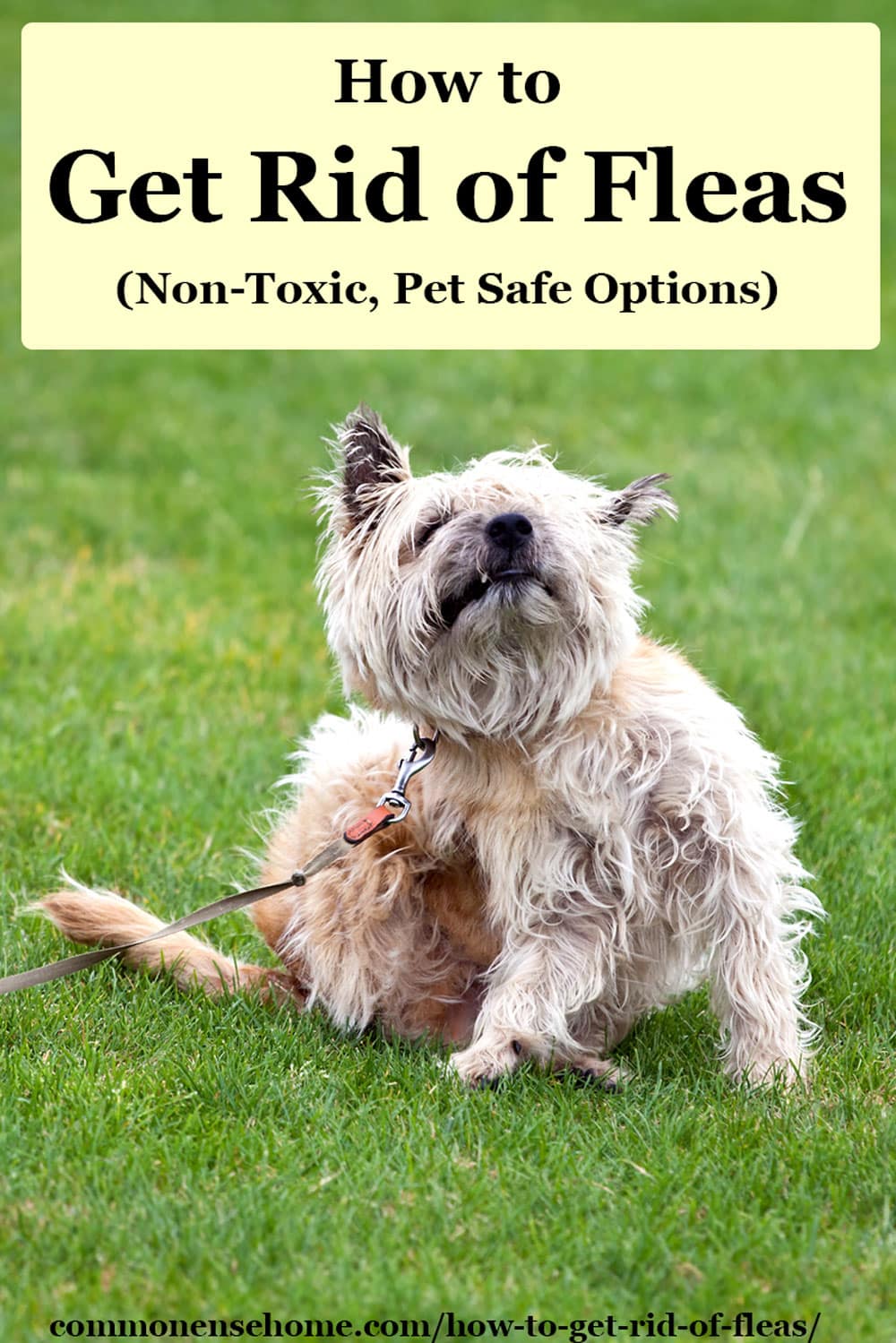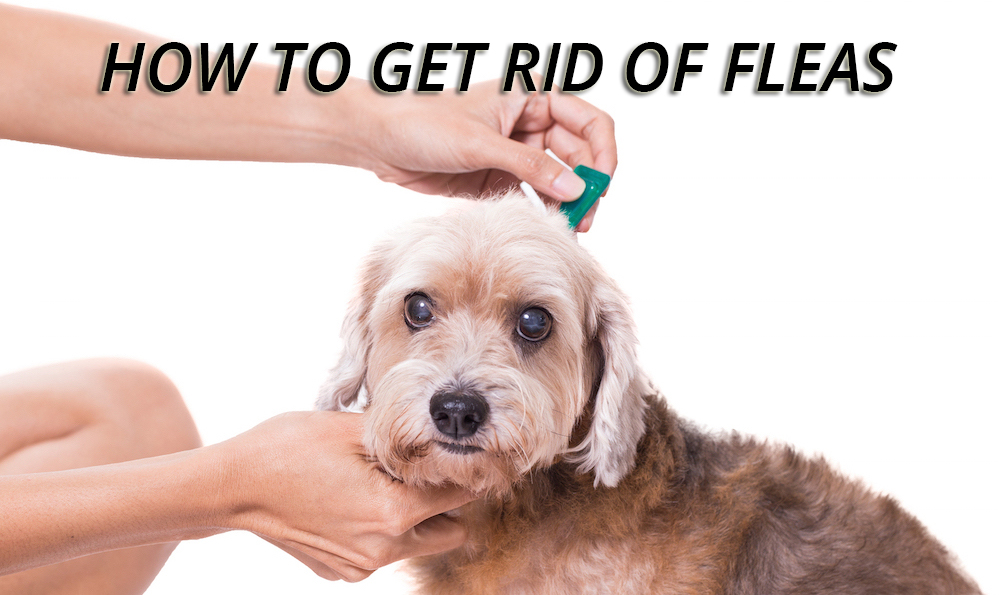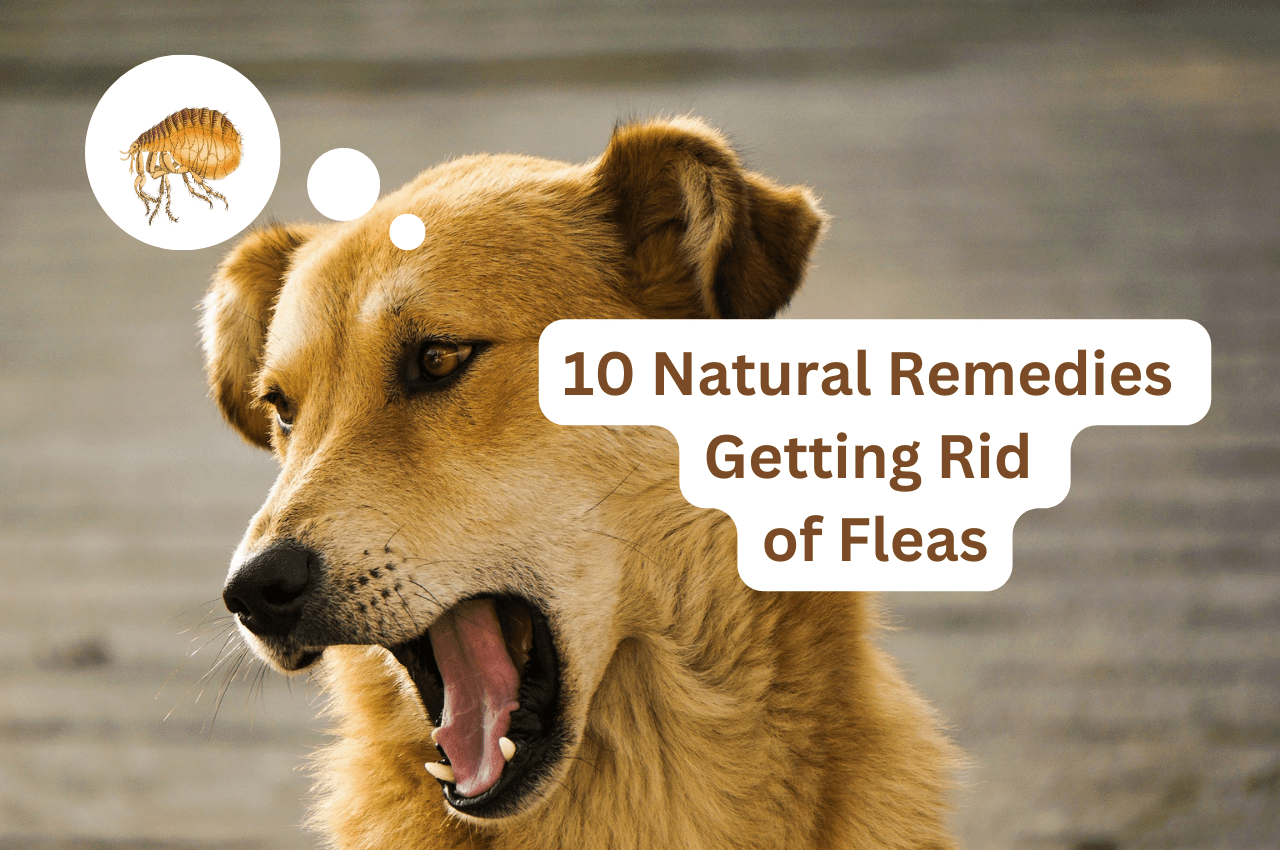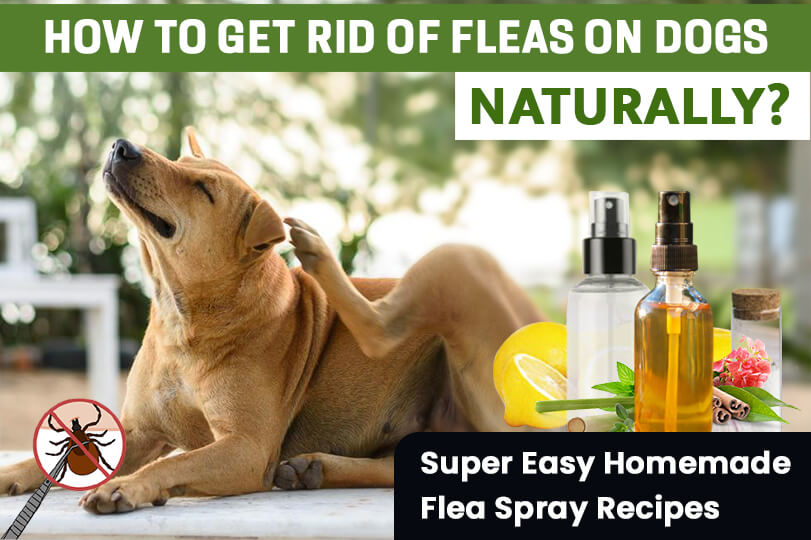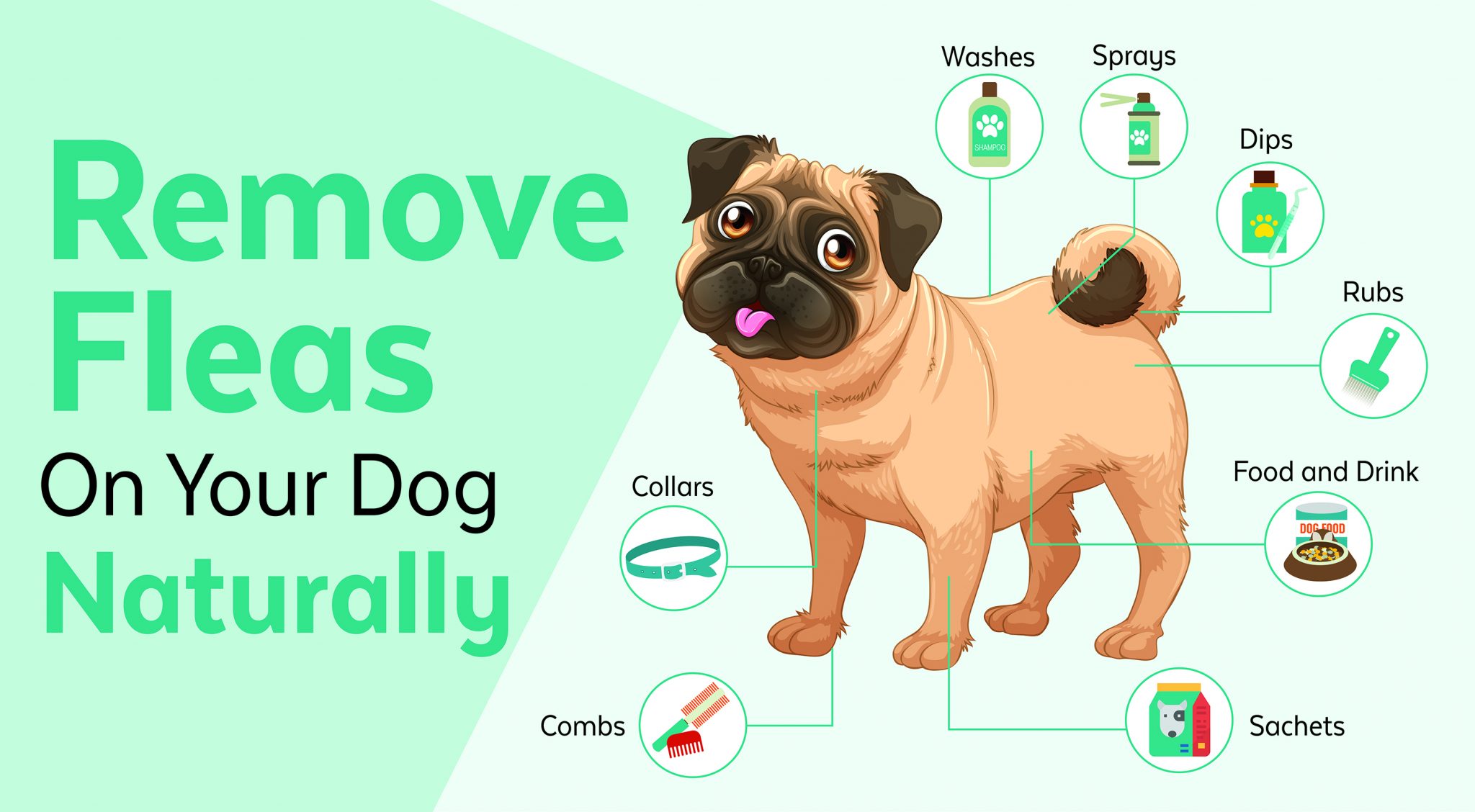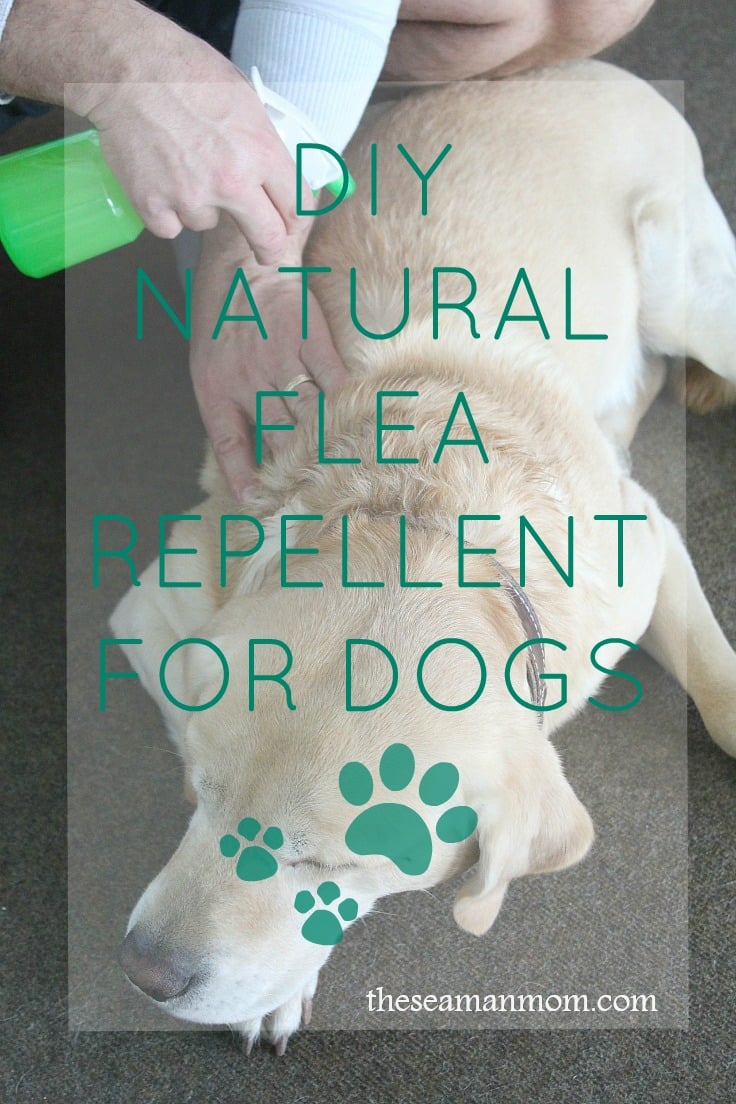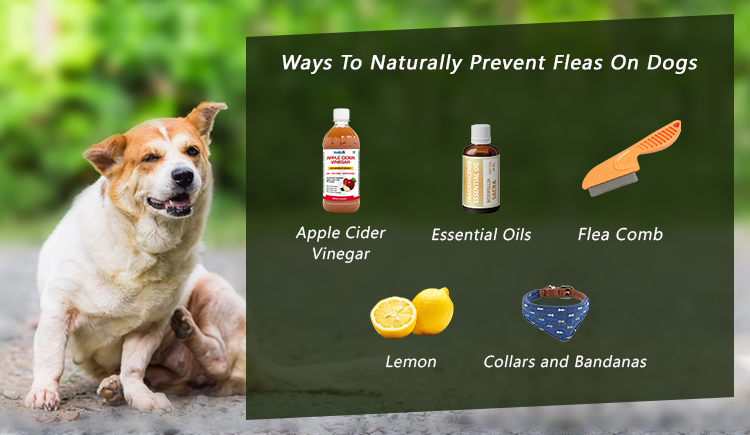How To Get Rid Of Stickfast Fleas On Dogs

So, you've noticed your furry friend sporting a peculiar new accessory: tiny, unwelcome hitchhikers clinging for dear life. These aren't your garden-variety fleas; these are stickfast fleas, and they're about as charming as a root canal.
Identify Your Tiny Terrorists
First things first, let's make sure we're dealing with the right kind of creepy-crawlies. Unlike regular fleas that hop around like they're auditioning for a pogo stick commercial, stickfast fleas burrow their heads into your dog's skin and stay put.
They often congregate around the ears, eyes, and face, looking like tiny, dark pebbles stubbornly glued on. If you spot these little squatters, congratulations (or maybe condolences?) – you've got stickfast fleas!
The Great Eviction: Gathering Your Arsenal
Time to evict these freeloaders! Think of yourself as a miniature landlord with a very specific, very itchy problem. You'll need a few key items for this operation.
Grab some fine-tipped tweezers, a good antiseptic solution (like chlorhexidine), and a whole lot of patience. And maybe a treat for your dog – bribery is always a good tactic.
Operation: Flea Removal (Prepare for Drama)
Now comes the slightly cringe-worthy part. Gently, but firmly, grasp each flea as close to the skin as possible with the tweezers. Prepare for some resistance; these guys are committed tenants!
Pull straight out with a steady hand. The goal is to remove the entire flea, head and all. If the head stays behind, it can cause irritation and potentially lead to infection.
A Word of Caution (and Possible Laughter)
This process can be tedious, especially if your dog is covered in the little bloodsuckers. Don't be surprised if your dog gives you the "why me?" look.
Remember to offer plenty of praise and treats. And try not to laugh too hard if your dog starts doing the "flea dance" – a spontaneous jig of discomfort and annoyance.
Post-Eviction: Healing and Prevention
Once you've successfully removed all the visible fleas, clean each affected area with the antiseptic solution. This will help prevent infection and soothe any irritation.
Now, think about prevention. Regular flea treatments are crucial. Talk to your vet about the best options for your dog, considering their breed, age, and lifestyle.
Fipronil-based treatments are often effective against fleas, but always follow your vet's recommendations.
Environmental Control: Sticking it to the Stickfasts
Remember, fleas don't just live on your dog; they can also lurk in your yard and home. Regularly clean your dog's bedding and vacuum carpets and upholstery.
Consider treating your yard with an appropriate insecticide, especially if you live in an area prone to stickfast fleas.
The Final Victory (and a Well-Deserved Nap)
Getting rid of stickfast fleas can be a bit of a battle, but with persistence and the right tools, you can win the war. Your dog will thank you with slobbery kisses and enthusiastic tail wags.
And you? You can finally relax, knowing that your furry friend is flea-free and ready for cuddles. Now, go take a nap. You've earned it!

